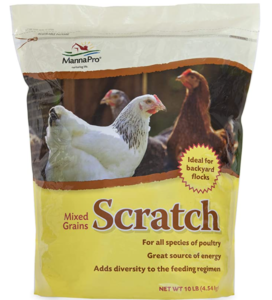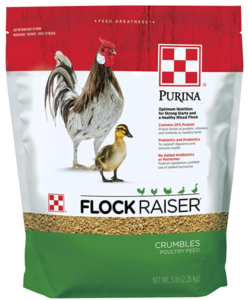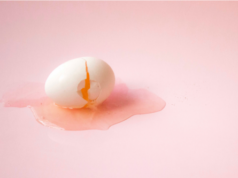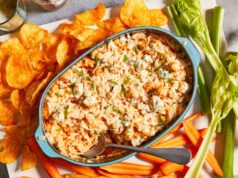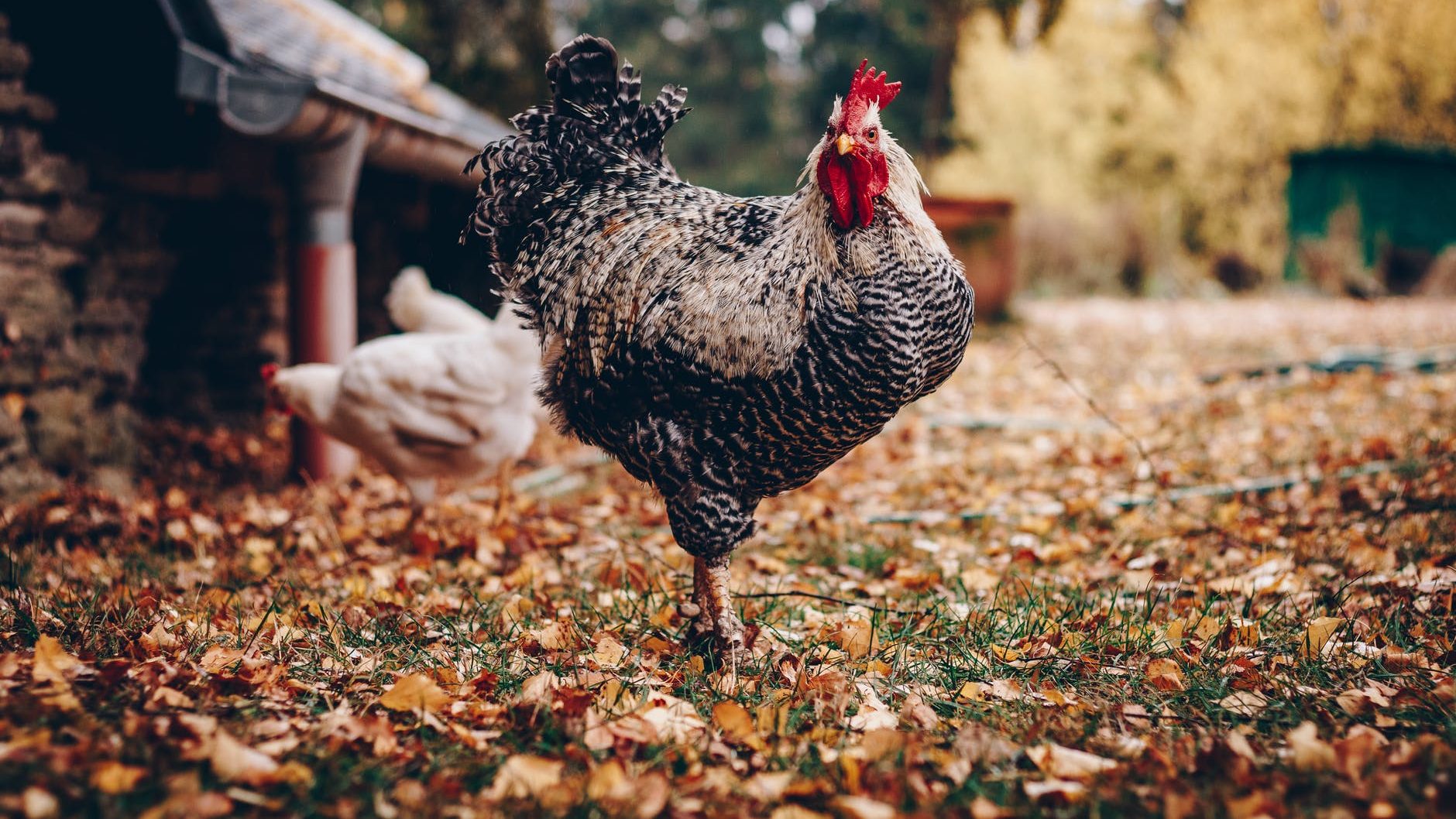You have decided to set up a chicken coop in your home, but once you’ve taken this step, you’re not sure what kind of food to offer the chickens, not to mention the daily feed rations suitable for each of them.
However, to hope to get the most out of your poultry farming, it is necessary to feed the gallinacean well, and this mainly applies to laying hens. Indeed, this category of hens has a particular mode of feeding to be able to lay quality eggs, and this, as often as possible.
Know to do this that the diet of an organic laying hen is different from that of GMO laying hens. The feeding of the laying hen will be the focal point of this article so that breeders and the simply curious can get a clear idea of their food needs. And to go even further, the focus will mainly be on feeding organic hens.
The dietary needs of chickens
It should be known to begin with that chickens are classified as omnivorous animals. As such, they indiscriminately eat insects, snails, meats, and seeds. However, it is necessary here to differentiate between feeding domestic hens and feeding laying hens.
The first type of hens has no specific needs and can feed on anything. On the other hand, laying hens have well-defined dietary needs, not to mention bans like onions and leek leaves.
The daily diet of the laying hen must therefore be scrupulously respected so that she lays in the best conditions. Otherwise, the hens in question will be reduced to providing eggs like their congeners, domestic hens, whatever the type of henhouse.
Frequency
The hen is a warm-blooded omnivore. His digestive system works with astonishing speed. Feeding it at regular intervals is therefore essential. Be aware, however, that this frequency changes according to the age of the gallinacean. Thus, the feeding of hens 4 weeks and older should be done twice a day. This rule is also valid for laying hens as well as for domestic hens.
In addition, this daily diet must be kept at fixed times. The ideal would therefore be to divide the mealtime into two half-days: the first will be around 7 am while the second will be around 3 pm. Those in a hurry and overbooked people will not be required to adhere to these timetables to the letter, which is provided for information only, the main thing being that the hens are fed at fixed times.
Also, remember that 30g of feed goes down a hen’s crop in the space of an hour. This food will turn into an egg within hours. Do not forget to give your casseroles their daily food rations otherwise they will have nothing to harvest the next morning.
Water is an essential element in the diet of chickens. It is, therefore, necessary to provide during the installation of the henhouse the place to be allocated to the henhouse drinker since the latter plays a very important role.
Indeed, this material is an essential factor for egg-laying, which is why the drinker must constantly contain clean water.
The food
Hens also eat grains, garbage, and insects. And for the eggs to be of good quality, it is important to vary the complete diet of the laying hens every season of the year. In other words, the feeding of chickens in winter is not the same as in summer. In fact, during the summer period, the heat is at the rendezvous, and the climate is conducive to egg-laying. In addition, the daily diet of the hens must be based on vegetables: salads, spinach, sorrel sprouts, or weedings from the garden. This is the organic diet suitable for laying hens so that they offer fresh and natural eggs.
On the other hand, the cold and the lack of exposure to heat tend to limit the frequency of spawning. The food of laying hens during the winter period must therefore contain fortifiers, in addition to the pittances which are provided to them daily.
To do this, we bring them oats or corn. And if the poultry farmer wants to fatten his gallinacean, he can cook beets, potatoes, or even roots. However, this feed ratio for chickens does not accelerate laying.
The three types of food
The types of food in question relate to the organic feeding of chickens kept in hen pens. Indeed, the feeding of outdoor hens is difficult to supervise and verify since they tend to peck everything in their path.
Waste
The waste introduced into the diet of organic hens is among other things the peelings of vegetables and certain fruits. It can also be carrots, cabbage, or potatoes.
Also part of the waste to be added to the diet of chickens is leftover salads and cold meats, cheese crusts, leftover homemade dishes, or wet bread. It should be noted here that leek leaves, bananas, kiwis as well as citrus fruits are to be banned from the daily diet of an organic hen.
The cereals
Cereals, usually given with the waste, are fortifying foods for casseroles. It is therefore necessary to put it in the diet of breeding hens.
Corn, oats, peas, soybeans, flax, sunflower, and rapeseed are part of this ratio. On the other hand, it is highly inadvisable to give barley to gallinacean since it is very pungent.
Food supplements
The addition of food supplements in the food of the chickens is done only in winter. Indeed, the latter is very sensitive to cold, and if their diet is not regulated, they may not reproduce. The goal is therefore to give extras but in sufficient quantity.
It is, therefore, possible to give them soups, bread soaked in water, or even crushed seeds.
Food solutions for chickens
To help poultry farmers in feeding the chickens, the big brands offer feeds that replace the homemade feed in the best henhouses, which are generally prepared by the breeder himself.
1. Kaytee Laying Hen Poultry Feed
The Snack Garden is available to poultry farmers. It is a mixture of grains and grass granules. This special seed is enriched with oregano, thyme, and garlic.
It is therefore sufficient to introduce it into the diet of laying hens to accelerate the laying. This fortifier is strongly recommended for winter feeding of chickens.
2. Manna Pro Ultimate Scratch Chicken Feed
The Gra-mix Ardennes chicken feed is also a food supplement that activates the laying of eggs. It is made from finely broken sunflower seeds and corn.
These seeds can be added to the diet of the hens to lay eggs more frequently than usual when the weather turns cooler.
3. Purina Start and Grow
This alternative feed consist of seeds that benefits from complete nutritional benefits for laying hens.
These cereals mainly accompany the diet of organic broilers.
4. Purina Flock Raiser Crumbles Poultry Feed
Gallinacea with growth problems can take FORTIFERME. It is a dietary food supplement suitable for poultry and palmipeds, even raised in a small henhouse.
This vitamin-based supplement strengthens the general condition of casseroles. To administer it, just dilute one teaspoon in 4 liters of water, which will be poured into the trough. For optimal effectiveness, the treatment should be followed for 5 days.
The health and performance of your hens depend greatly on their diet. And choosing the best feed for your chickens is not easy. Start by giving them your waste and then add some cereals regularly so that they have a rich and varied diet. Then, if you choose to breed organic hens, or laying hens, go for more specific food supplements.
5. FLYGRUBS Superior to Dried Mealworms
Zolux hen mix is a complete feed for ornamental hens and roosters.
- Mark: Zolux
- Form: Seeds
- Flavor: Chicken
- Packing information: Bag
- Age of animal: Adult
- Product weight: 5 Kilograms
6. Manna Pro All Flock Crumbles
Zolux laying hen mix is a complete feed for laying hens.
- Mark: Zolux
- Form: Seeds
- Product weight: 5 Kilograms



